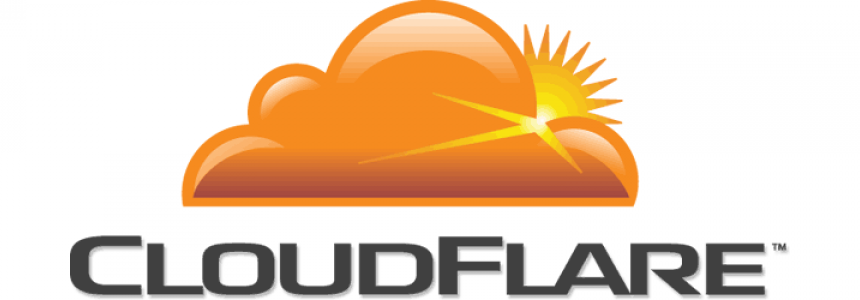Give your site some CloudFlare
Why and how you should add CloudFlare to your site.

Intro
A few weeks ago I was reading an online forum, about some of the better CDN providers out there and a user mentioned CloudFlare. Not having heard of CloudFlare before I thought I'd investigate further.
A few seconds later I find myself on the company website presented with this video.
Hmmm, it all seems too simple.
What's it all about?
Essentially, CloudFlare is a dynamic CDN that works by taking over the DNS of your domain name. CloudFlare will direct traffic to your site via the most efficient route, cache and serve static content like images, js and css from their global CDN (not page markup unless you tell it to) and also protect your site from known spammers, hackers and web baddies.
CloudFlare also has a host of other features like, web optimisation tools to make your site run even faster. Web analytics, Threat dashboard and a reasonably large application repository where you can choose from a range of third party apps to help enhance your site. Like adding Google Analytics, site pop-up notifications and friendly reminders to those on the web still running old browsers that they need to upgrade. I am (still) looking at you IE. The crazy thing is they provide all this for free.
There are paid accounts too that start at $20USD per month but most of the features you need as a small site owner you can easily get away with the free account.
I did a bit of web snoopery and read a few articles and reviews and all seem positive. So I decided to give it a try.
Getting setup
CloudFlare claim that you can be up and running in 5 minutes. They aren't lying. In fact I found it to be so painless, quick and easy I wasn't entirely sure I had done it right.

First up you put in your domain name and CloudFlare's servers proceed to scan your DNS records so that they can migrate over your DNS setup. This process took around 60 seconds and they then present you a list of your current DNS profile. They add a few extra helpful aliases as well.
At this point you can add other DNS records or even upload a zone dump for easy migration of large zones.
There is a cloud toggle button on the right that enables you to easily specify whether or not you want that particular record to bypass the CloudFlare servers and go direct.

After reviewing all the changes you are asked to set up your plan performance and security settings. SSL is unavailable on the free plan, but $20 a month isn't a wallet drain.
The performance and security settings give you some initial out of the box configurations, all of which are pretty straight forward but all can be customised at a later date.

In the last step CloudFlare assign you some name servers to update your domain with which has to be done via your registrar. Once that is done you are ready to go. Aside from the time delay it takes for the DNS to propagate across the globe that's the end of the set up.
Thoughts so far
I have now had a couple of sites running on the system for a week or so and so far so good. Speed wise it seems comparable to before, though my sites were optimised pretty well prior. I have already had some benefit from CloudFlares threat protection that has blocked quite a number of malicious users from accessing my site. Also CloudFlare's always available feature has kept my site online when my web server went down a few days ago. Nice.
Even if you don't have any scalability requirements or current performance constraints, I'd suggest giving CloudFlare a go, for a month or two at least. See what you think. It's free. Feel free to leave a comment and let me know how your experiences have been.